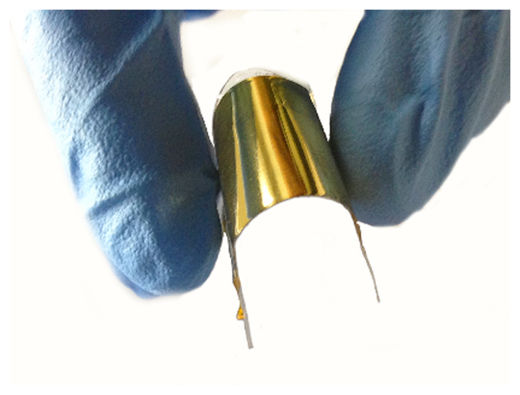OF THE
TIMES
A small body of determined spirits fired by an unquenchable faith in their mission can alter the course of history.
Those Indians sure create a lot of waist.
Seems to me that there is an awful lot going on to limit our food supply. Now why would they do that? Are they trying to kill us off? ;)
How would someone prove they are not the gender that their body is? Especially a child? I do not understand how parents can do this to a child.
Something completely different ... New Delhi chokes as 65metre 'Trash mountain' fire spreads hazardous fumes Typical British English - from CNN ....
Of course... 33 ,000 troops on the Russky borders.
To submit an article for publication, see our Submission Guidelines
Reader comments do not necessarily reflect the views of the volunteers, editors, and directors of SOTT.net or the Quantum Future Group.
Some icons on this site were created by: Afterglow, Aha-Soft, AntialiasFactory, artdesigner.lv, Artura, DailyOverview, Everaldo, GraphicsFuel, IconFactory, Iconka, IconShock, Icons-Land, i-love-icons, KDE-look.org, Klukeart, mugenb16, Map Icons Collection, PetshopBoxStudio, VisualPharm, wbeiruti, WebIconset
Powered by PikaJS 🐁 and In·Site
Original content © 2002-2024 by Sott.net/Signs of the Times. See: FAIR USE NOTICE

Reader Comments
Imagine:
- Mysterious lethargy plague afflicts hundreds of millions of skin patch users, after NWO-government decree makes it obligatory to wear these machines for all workers in all types of jobs.
These things look like can siphon your energy.